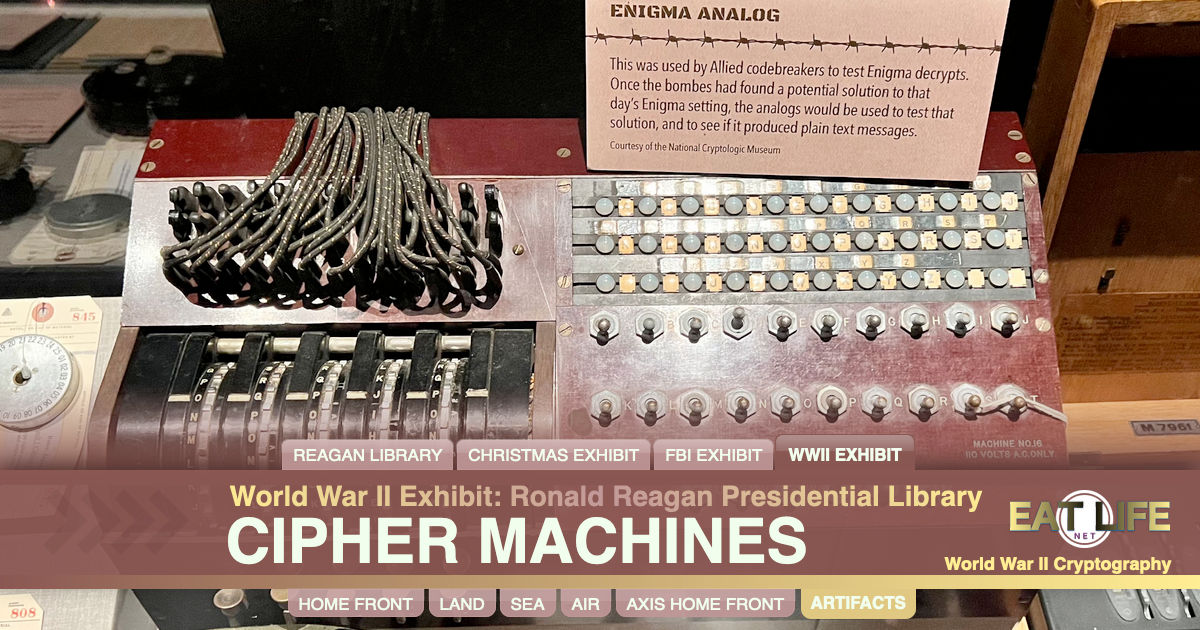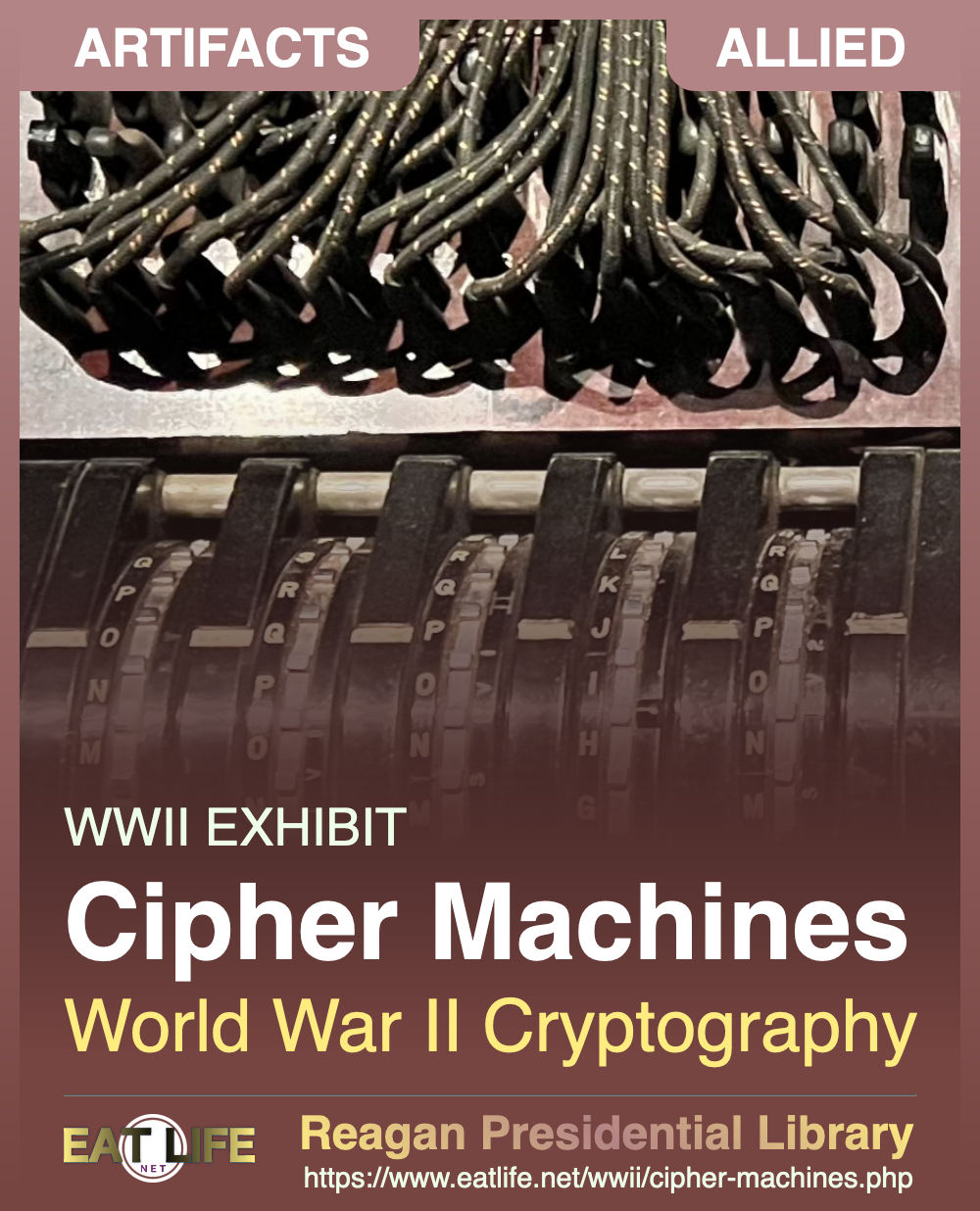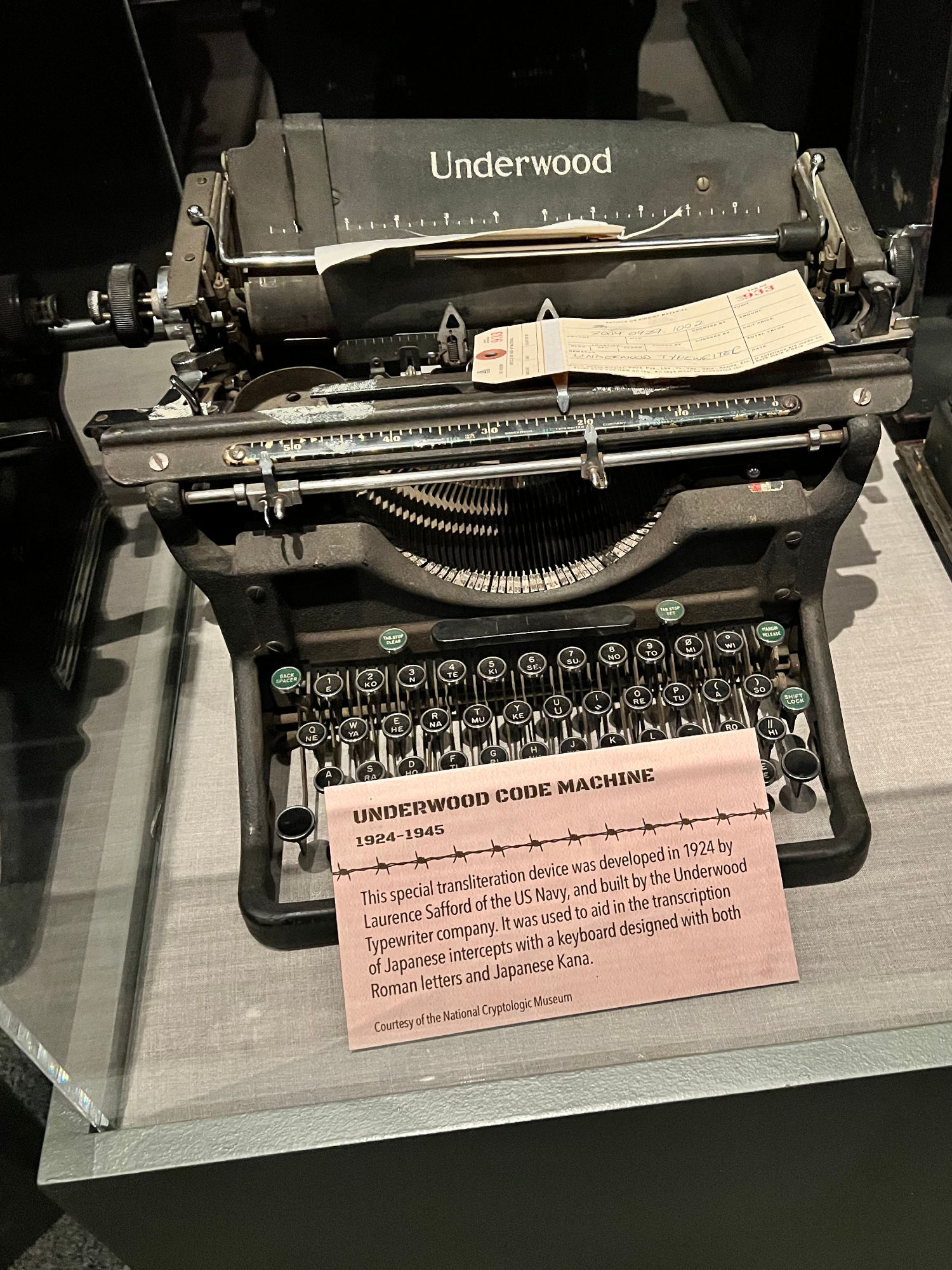
1924-1945
This special transliteration device was developed in 1924 by Laurence Safford of the US Navy, and built by the Underwood Typewriter company. It was used to aid in the transcription of Japanese intercepts with a keyboard designed with both Roman letters and Japanese Kana.
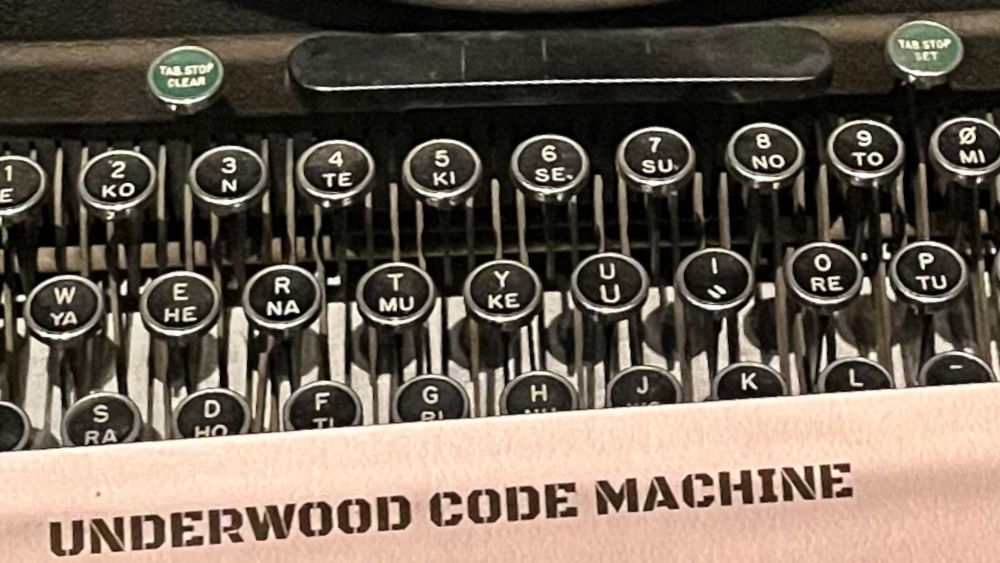
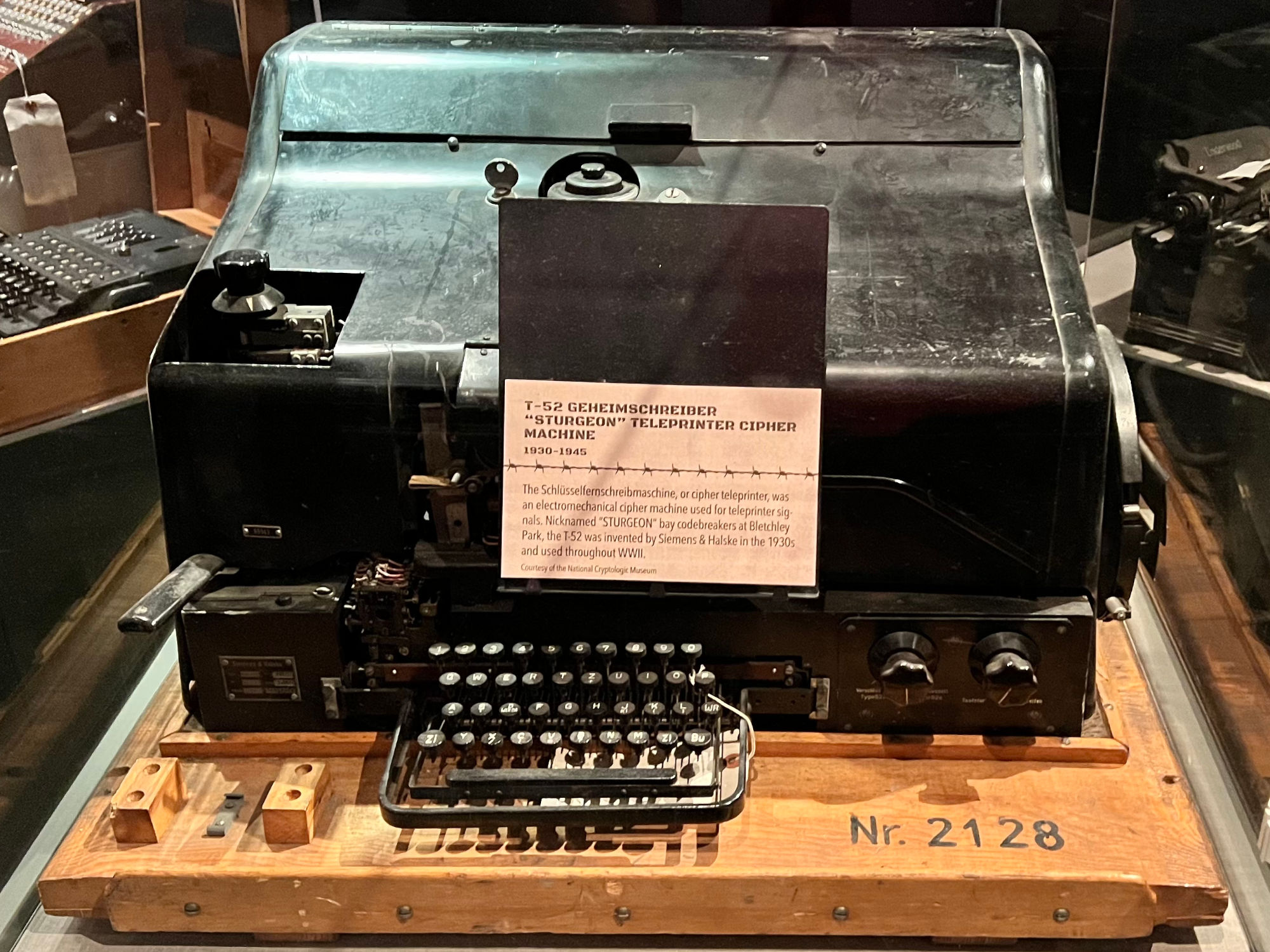
1930-1945
The Schlusselfernschreibmaschine, or cipher teleprinter, was an electromechanical cipher machine used for teleprinter signals. Nicknamed "STURGEON" by codebreakers at Bletchley Park, the T-52 was invented by Siemens & Halske in the 1930s and used throughout WWII.
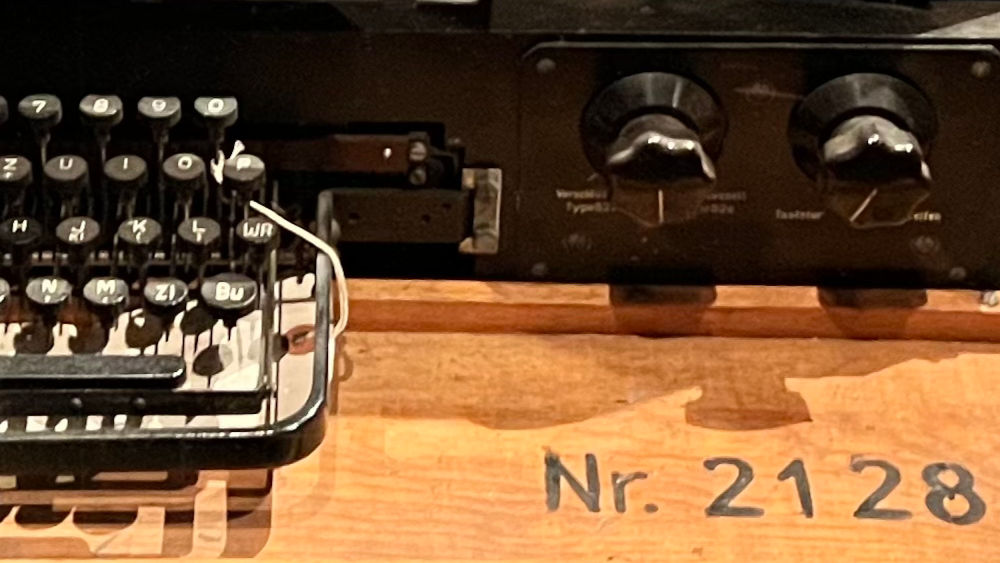
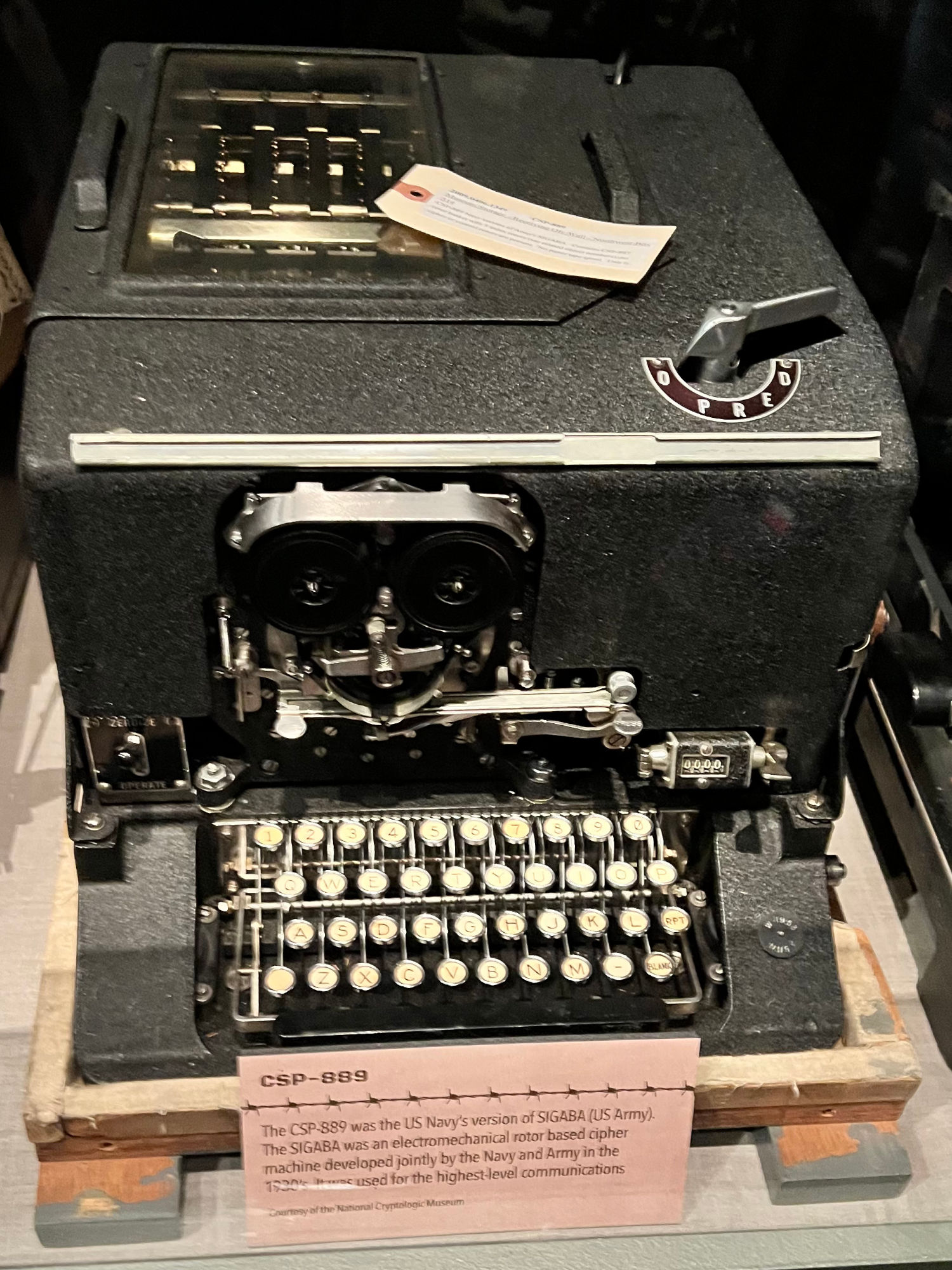
1930s
The CSP-889 was the US Navy's version of SIGABA (US Army). The SIGABA was an electromechanical rotor based cipher machine developed jointly by the Navy and Army in the 1930s. It was used for the highest-level communications.
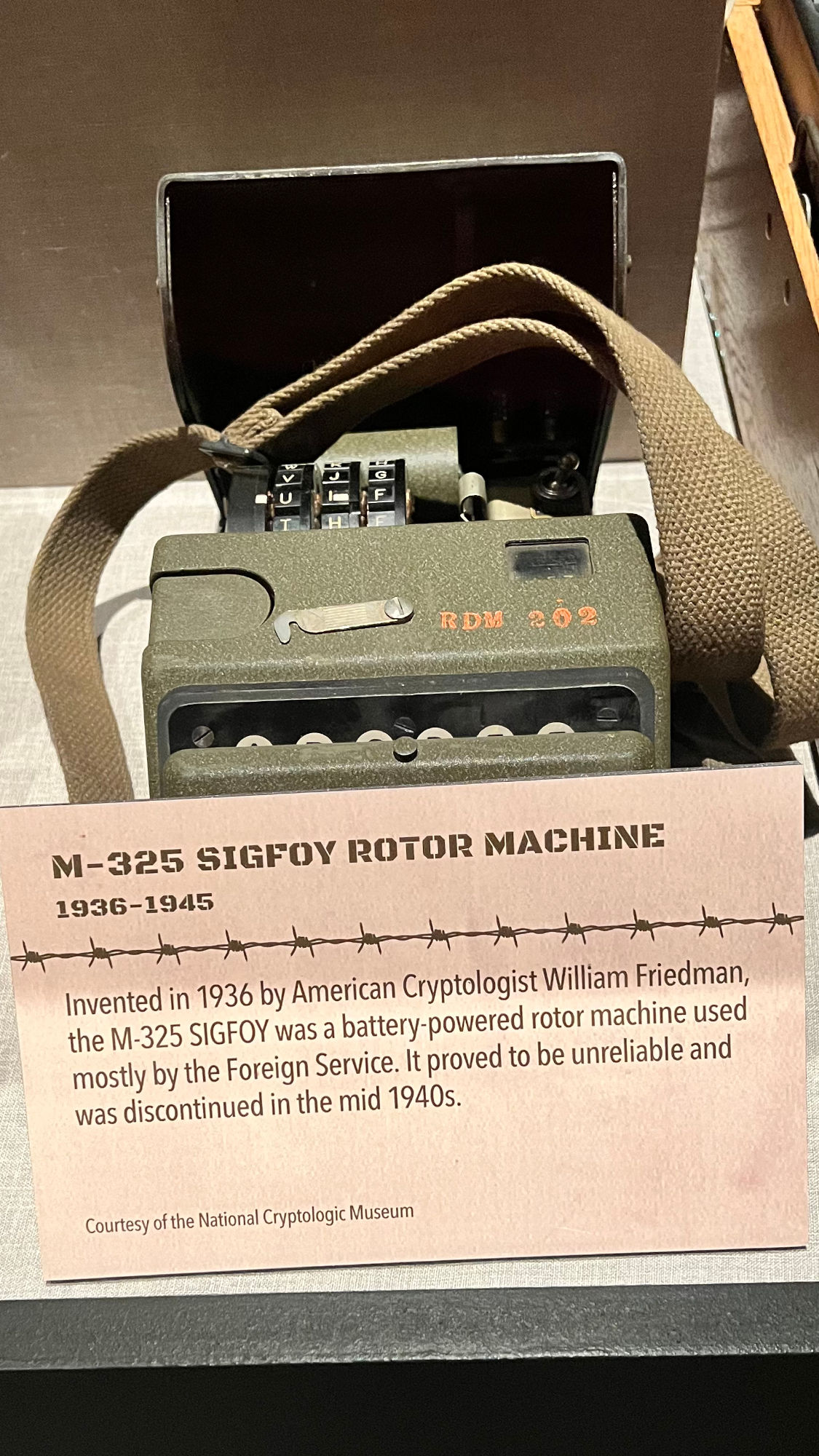
1936-1945
Invented in 1936 by American Cryptologist William Friedman, the M-325 SIGFOY was a battery-powered rotor machine used mostly by the Foreign Service. It proved to be unreliable and was discontinued in the mid 1940s.
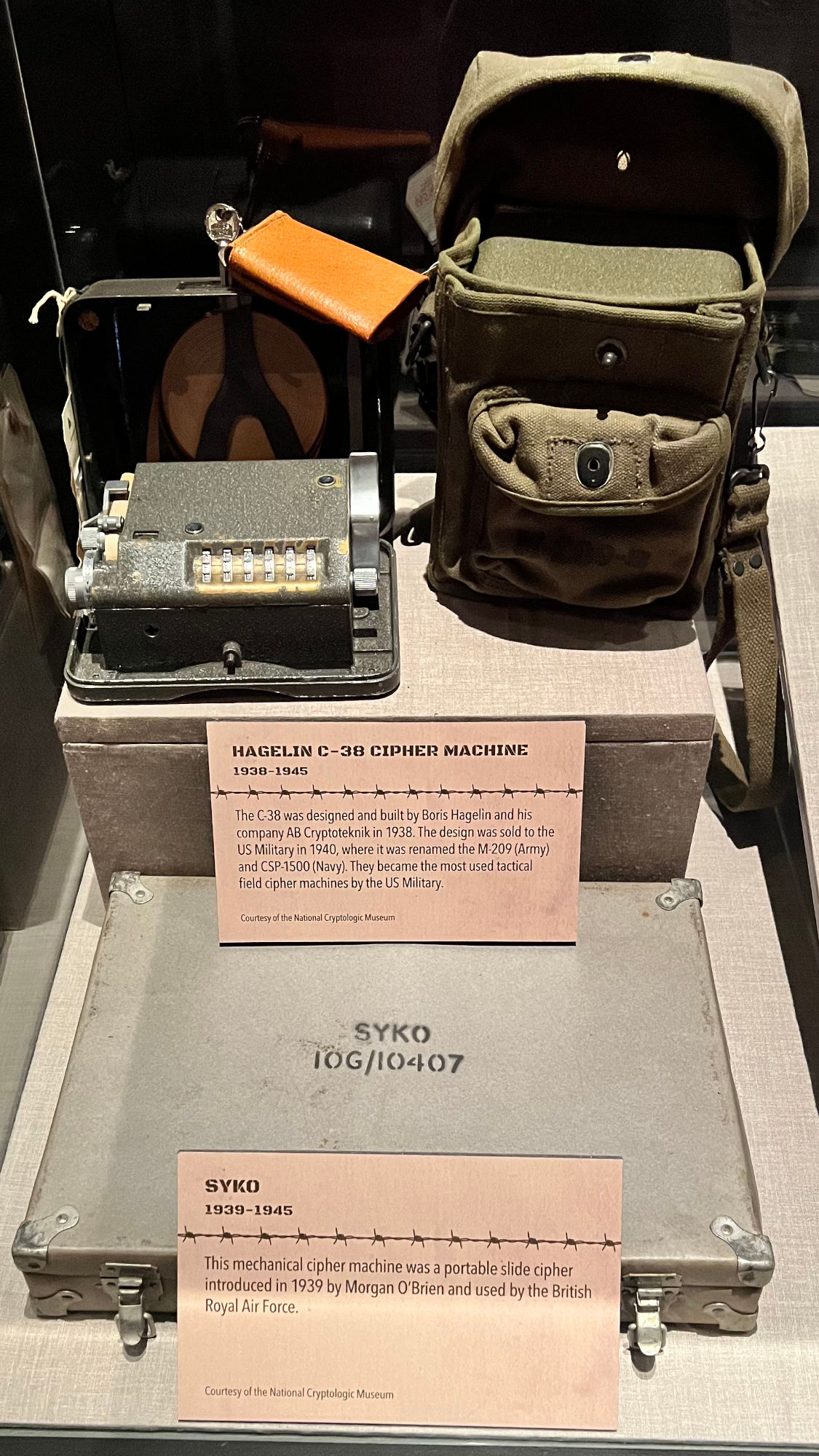
- Haglin C-38 Cipher Machine
1938-1945
The C-38 was designed and built by Boris Hagelin and his company AB Cryptoteknik in 1938. The design was sold to the US Military in 1940, where it was renamed the M-209 (Army) and CSP-1500 (Navy). They became the most used tactical field cipher machines by the US Military. - Syko
1939-1945
This mechanical cipher machine was a portable slide cipher introduced in 1939 by Morgan O'Brien and used by the British Royal Air Force.
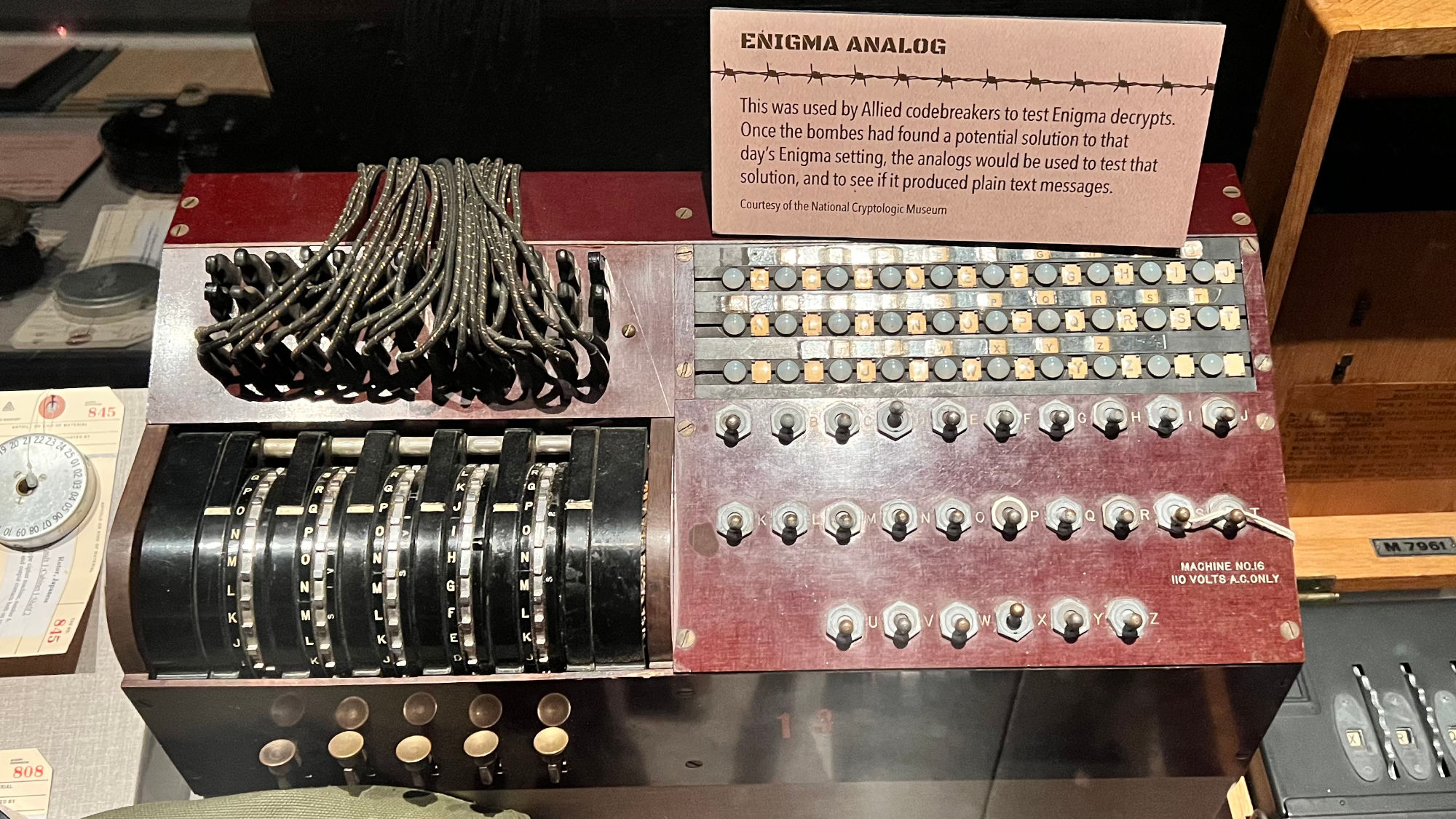
This was used by Allied codebreakers to test Enigma decrypts. Once the bombes had found a potential solution to that day's Enigma setting, the analogs would be used to test that solution, and to see if it produced plain text messages.
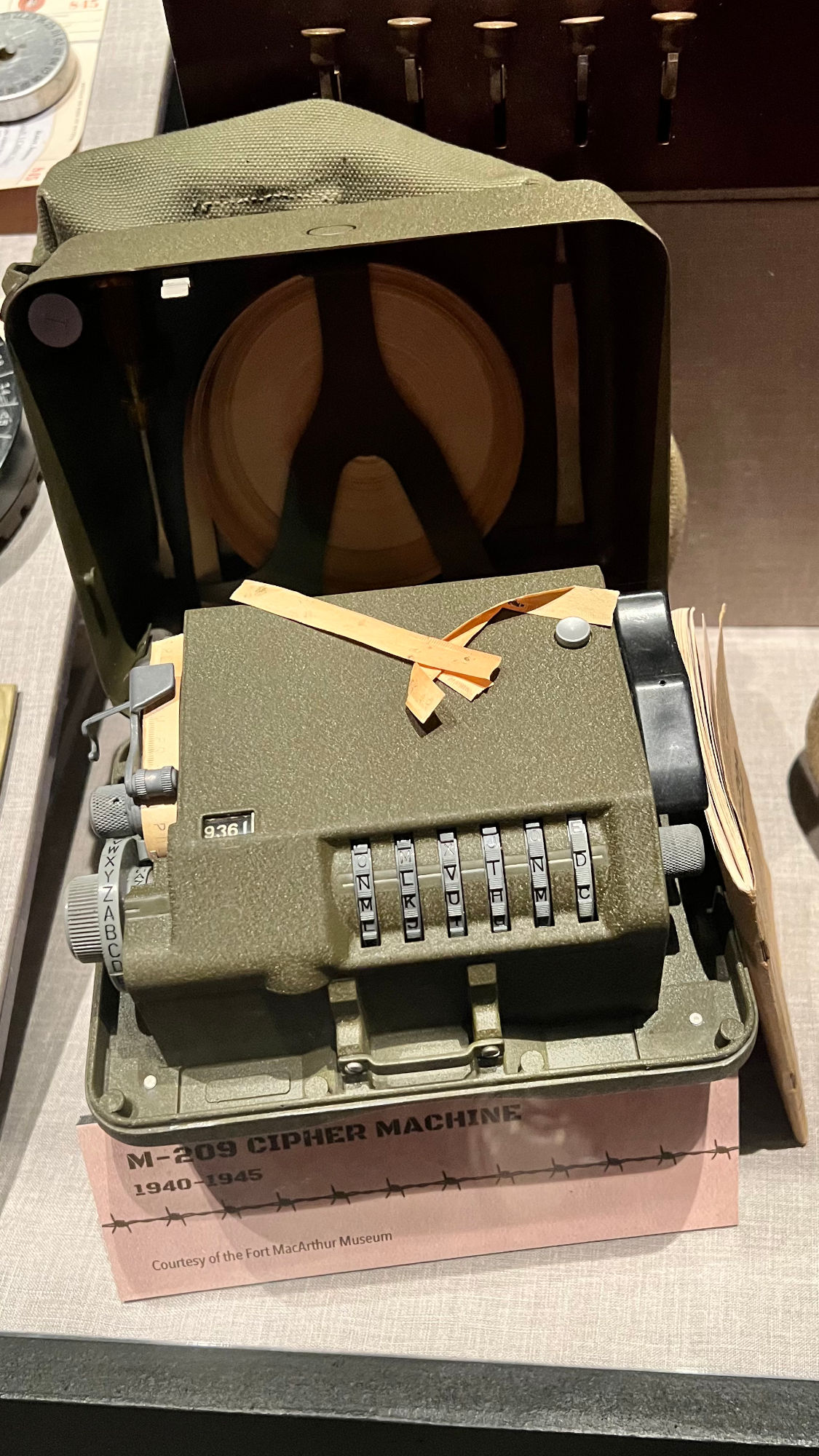
1940-1945
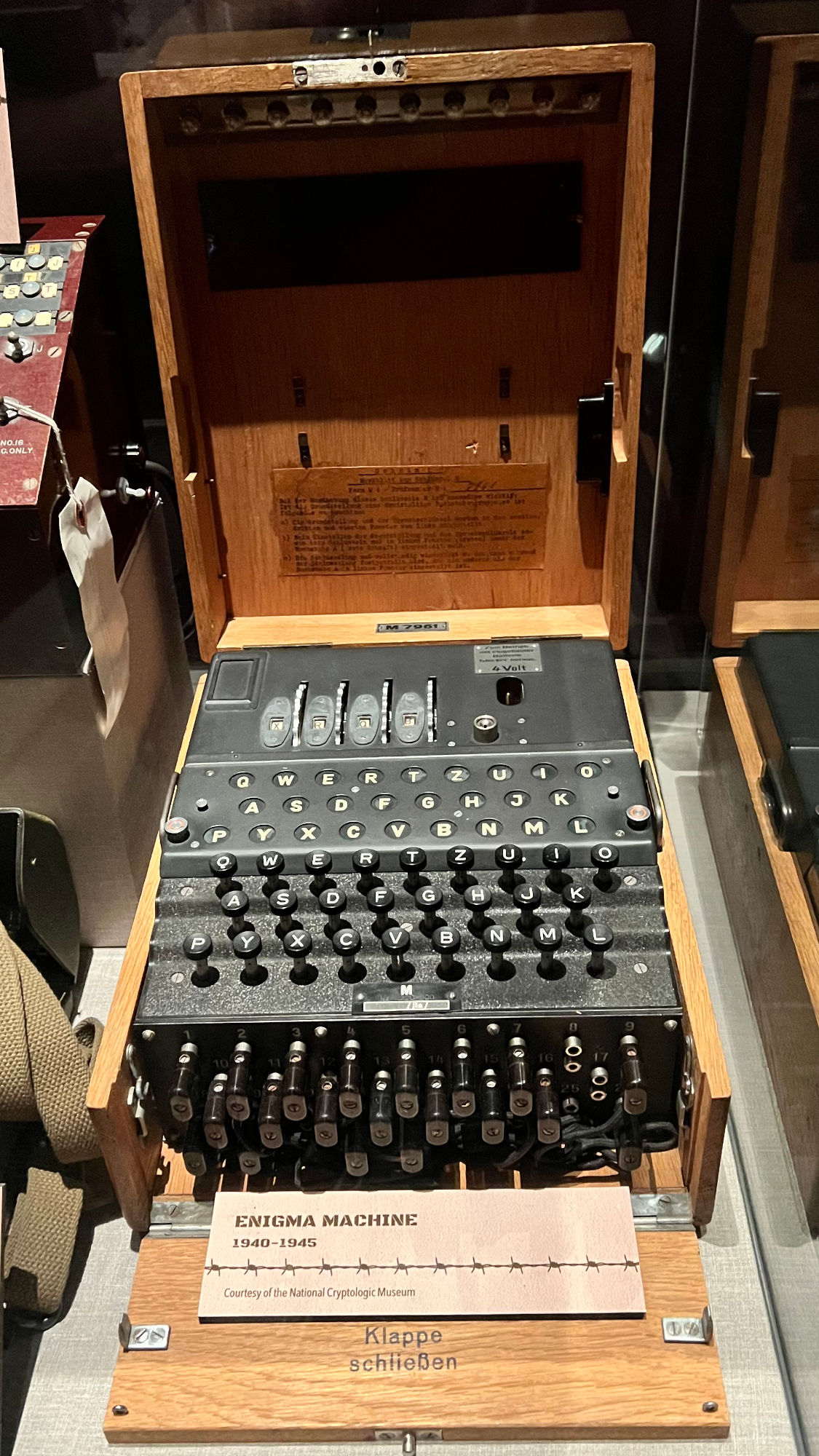
1940-1945
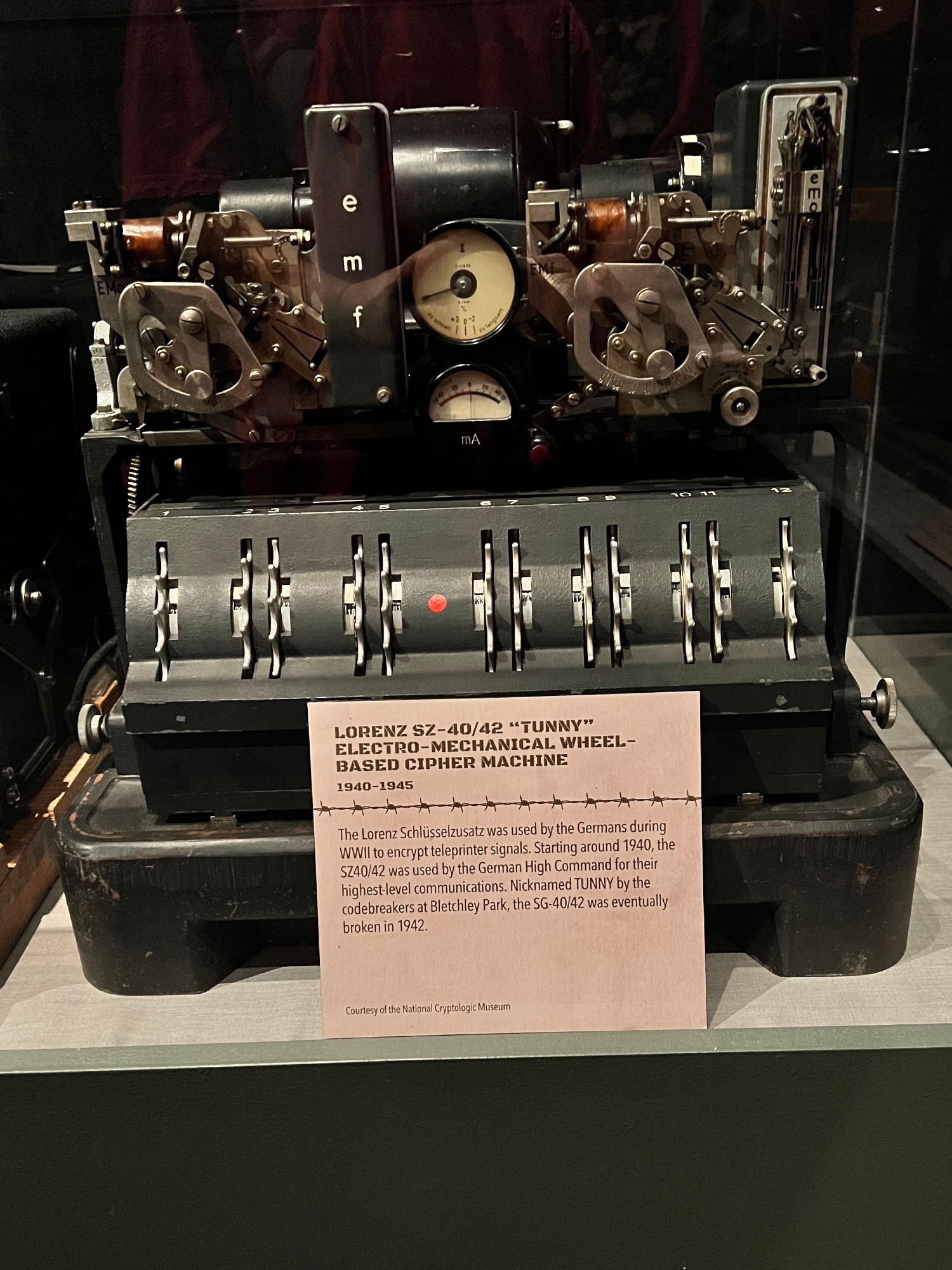
1940-1945
The Lorenz Schlusselzusatz was used by the Germans during WWII to encrypt teleprinter signals. Starting around 1940, the SZ40/42 was used by the German High Command for their highest-level communications. Nicknamed TUNNY by the codebreakers at Bletchley Park, the SZ-40/42 was eventually broken in 1942.
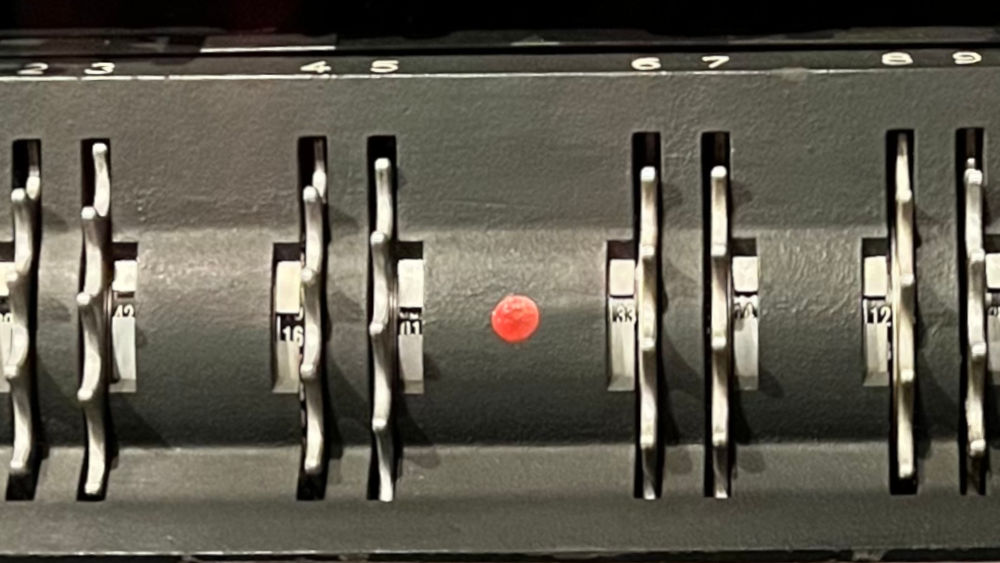
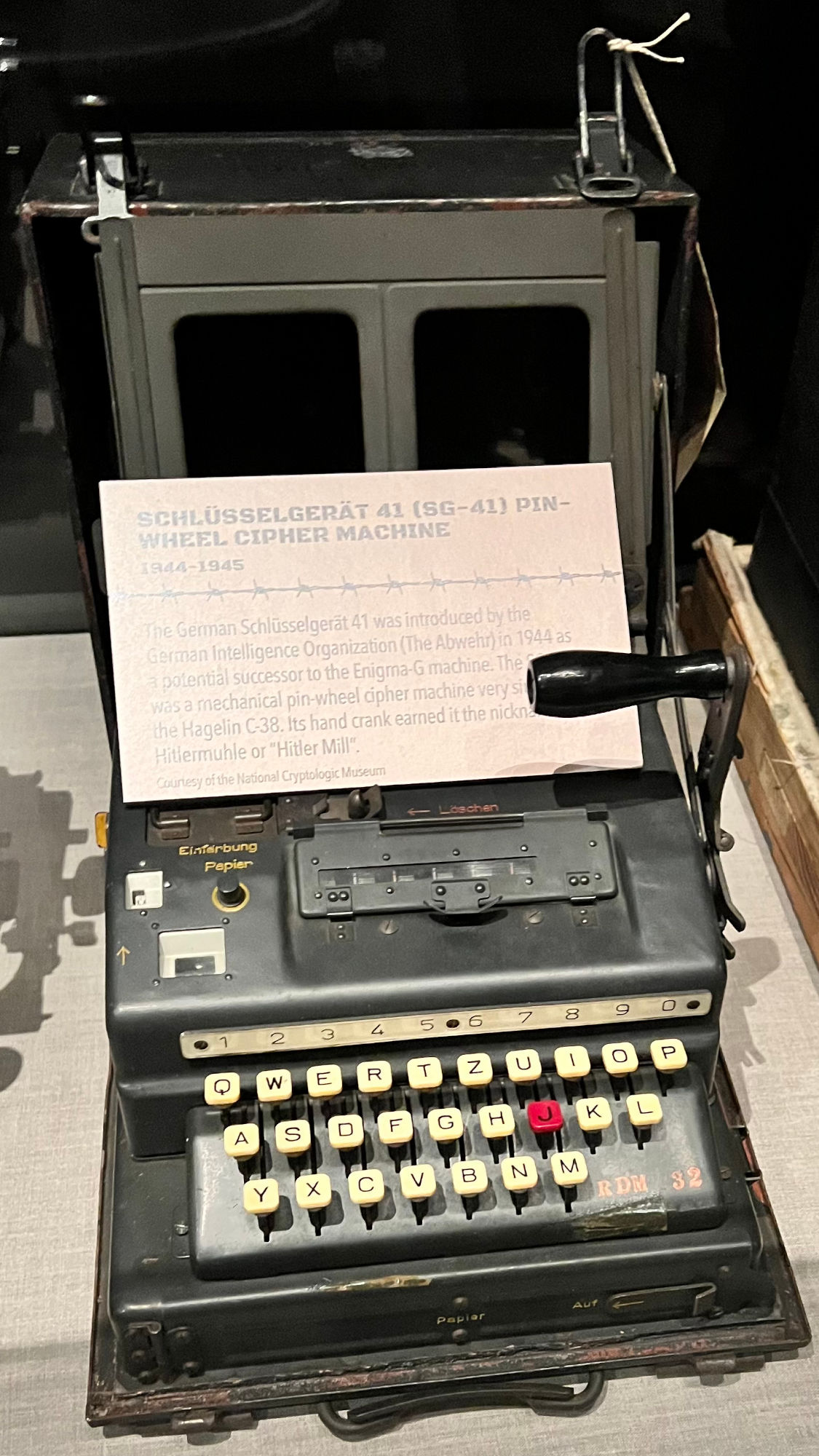
1944-1945
The German Schlusselgerat 41 was introduced by the German Intelligence Organization (The Abwehn) in 1944 as a potential successor to the Enigma-G machine. The Schlusselgerat was a mechanical pin-wheel cipher machine very similar to the Hagelin C38. Its hand crank earned it the nickname Hitlermuhle or "Hitler Mill".
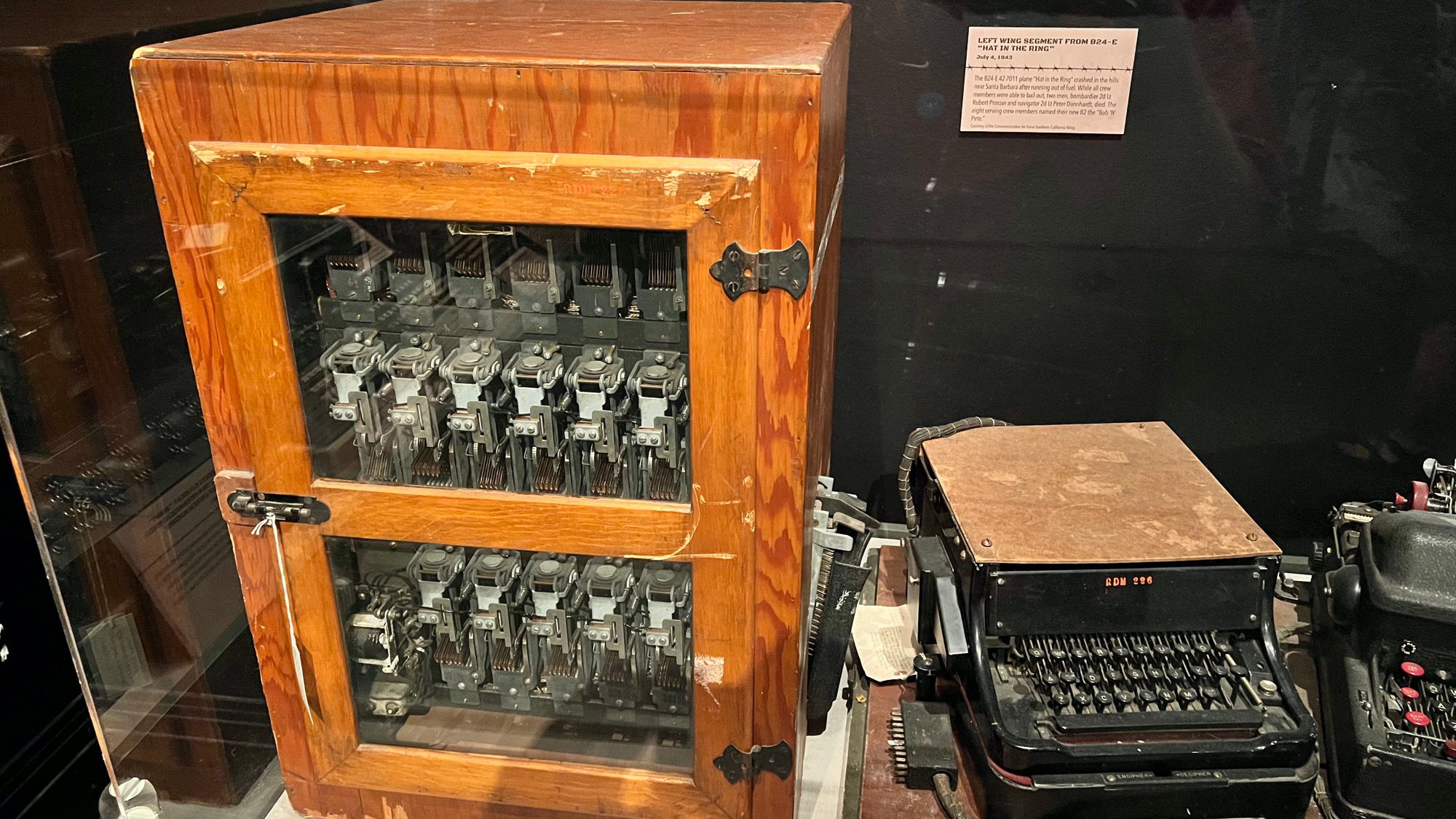
1940-1945
The Purple Analog machine was developed by the US Army Signals Intelligence Service in 1940 to help expedite breaking the Japanese Diplomatic Purple Code. Eight of these machines were built for the US
- Washington DC (4)
- US Army (2)
- US Navy (2)
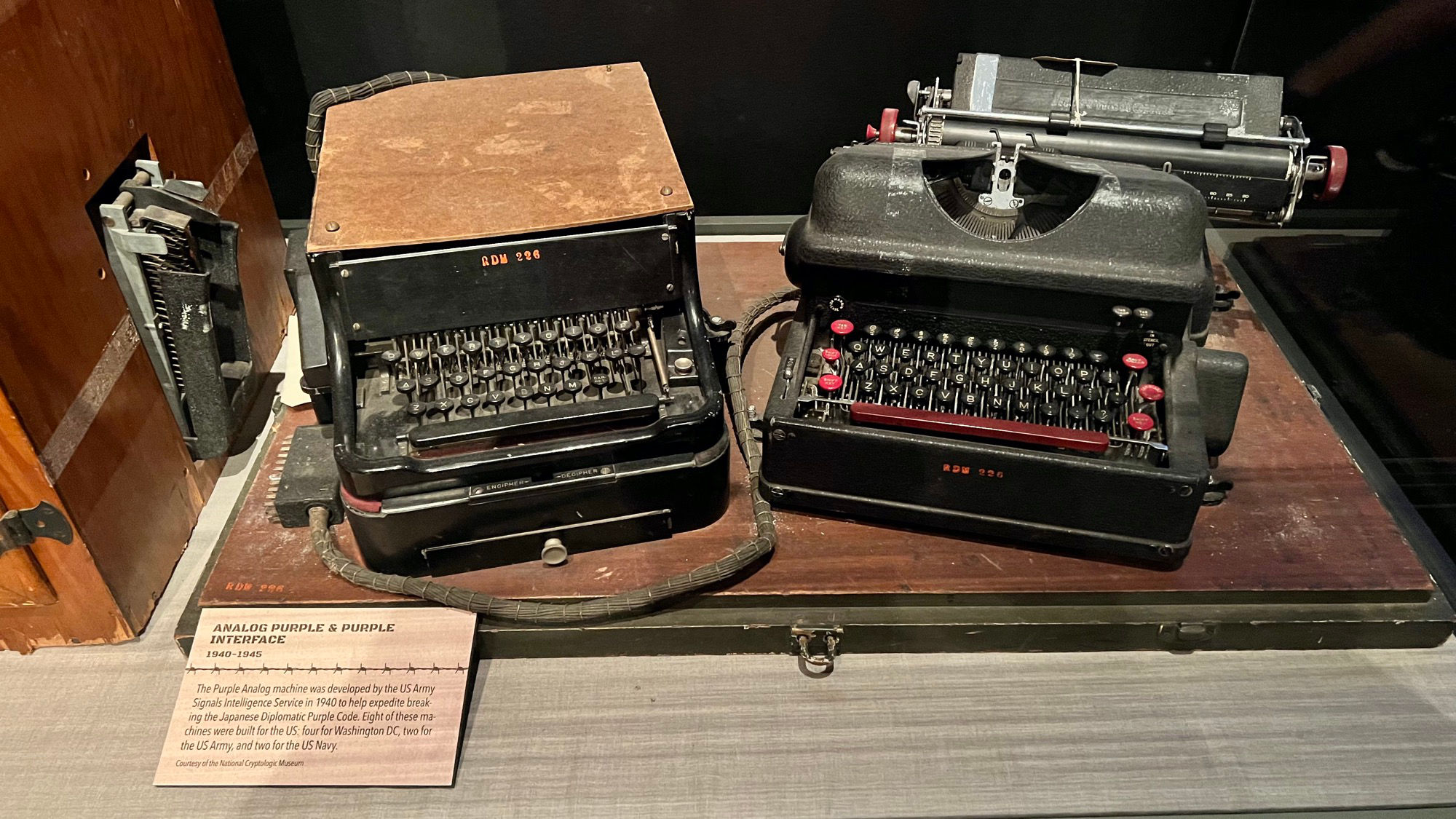
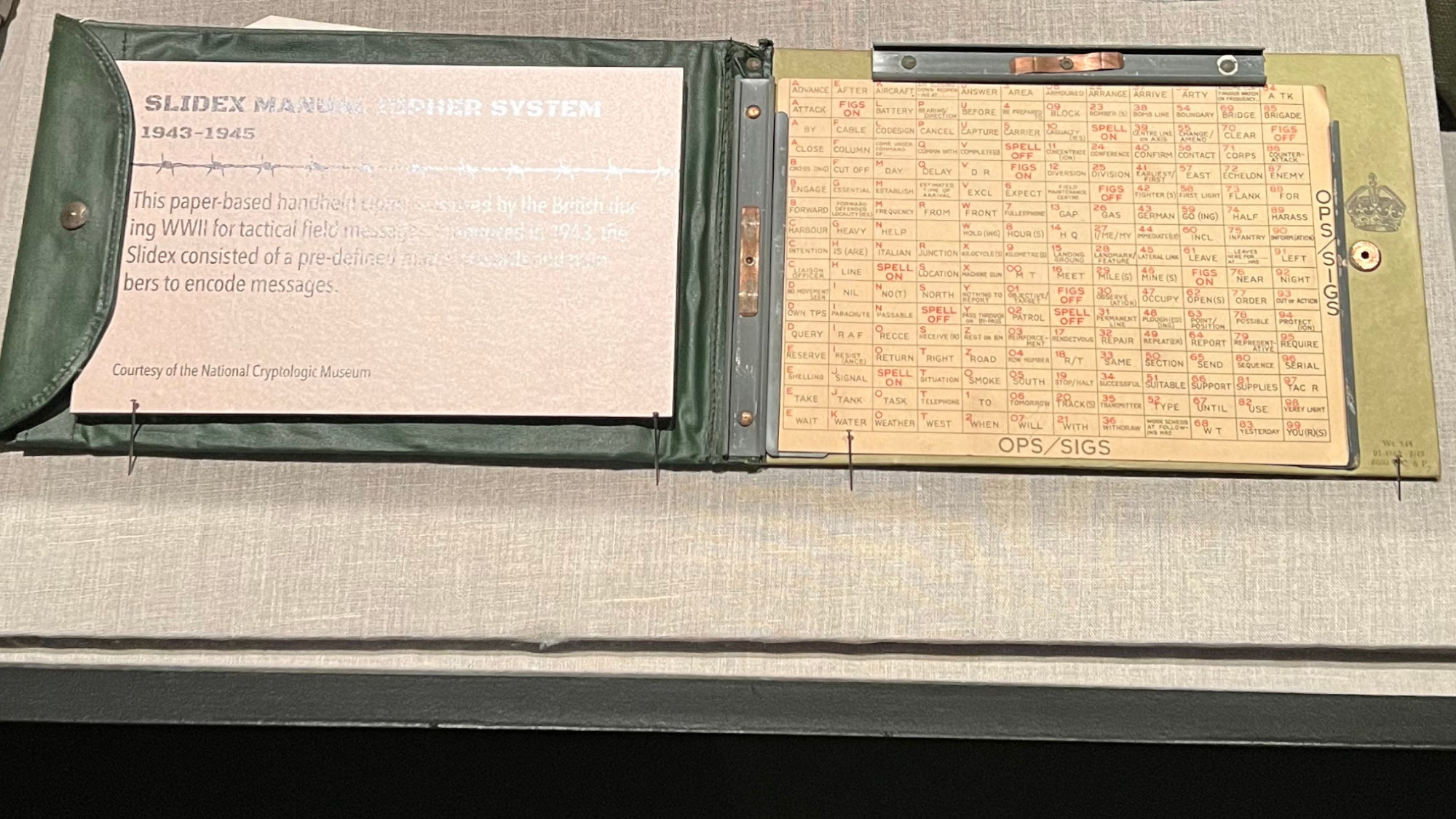
1943-1945
This paper-based handheld cipher was used by the British during WWII for tactical field messages. Introduced in 1943, the Slidex consisted of a pre-defined matrix of letters and numbers to encode messages.
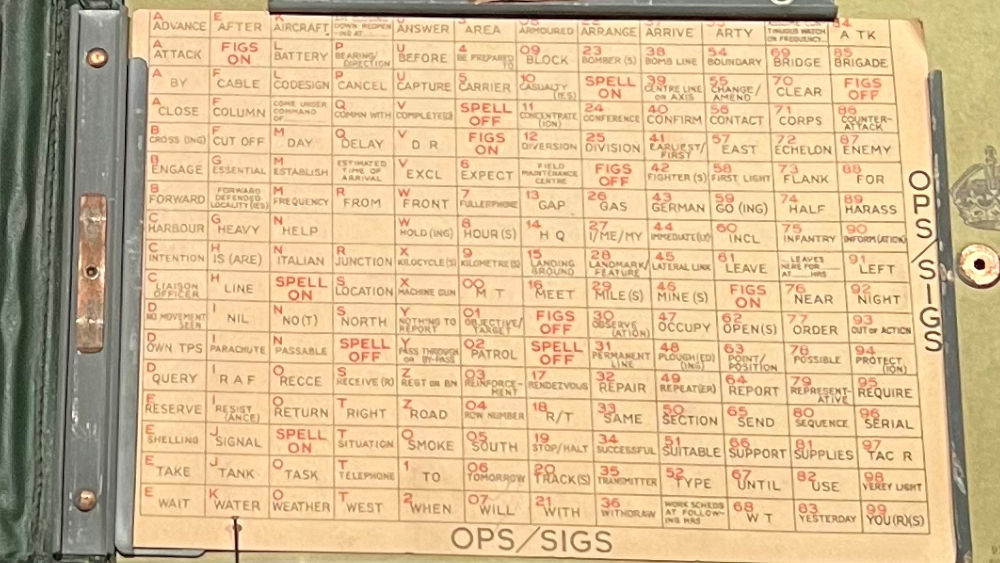
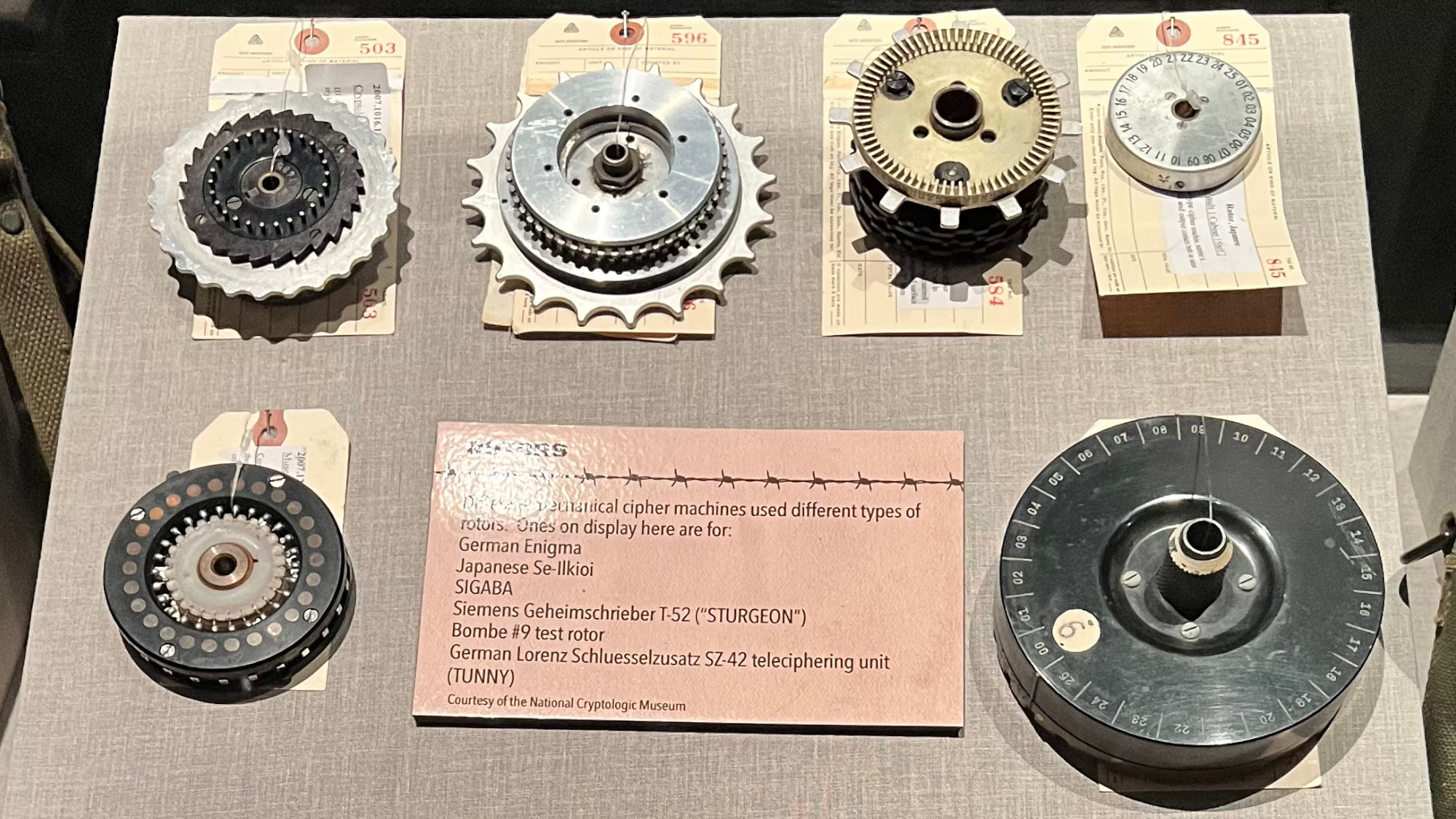
Different mechanical cipher machines used different types of rotors. Ones on display here are for:
- German Enigma
- Japanese Se-Ilkioi
- SIGABA
- Siemens Geheimschrieber T-52 ("STURGEON")
- Bombe #9 test rotor
- German Lorenz Schluesselzusatz SZ-42 teleciphering unit (TUNNY)
WIKIPEDIACryptography was used extensively during World War II
Because of the importance of radio communication and the ease of radio interception. The nations involved fielded a plethora of code and cipher systems, many of the latter using rotor machines. As a result, the theoretical and practical aspects of cryptanalysis, or codebreaking, were much advancedPossibly the most important codebreaking event of the war was the successful decryption by the Allies of the German "Enigma" Cipher. The first break into Enigma was accomplished by Polish Cipher Bureau around 1932; the techniques and insights used were passed to the French and British Allies just before the outbreak of the war in 1939. They were substantially improved by British efforts at Bletchley Park during the war. Decryption of the Enigma Cipher allowed the Allies to read important parts of German radio traffic on important networks and was an invaluable source of military intelligence throughout the war. Intelligence from this source and other high level sources, such as Cryptanalysis of the Lorenz cipher, was eventually called Ultra.
A similar break into the most secure Japanese diplomatic cipher, designated Purple by the US Army Signals Intelligence Service, started before the US entered the war. Product from this source was called Magic.
On the other side, German code breaking in World War II achieved some notable successes cracking British naval and other ciphers.






